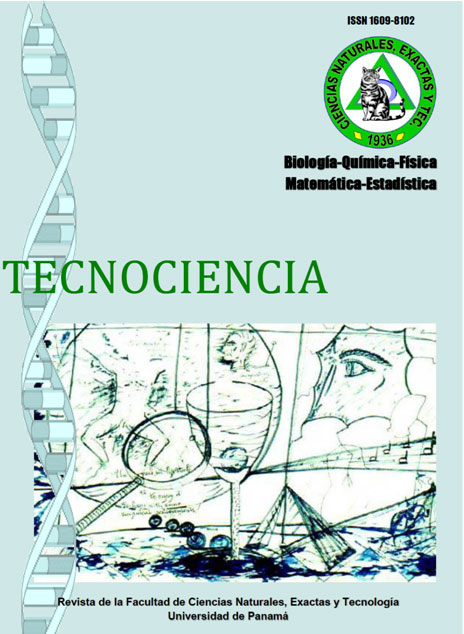

The Panama Canal Watershed has been influenced by different invasive plants, in particular, Sacharum spontaneum, an aggressive grass from Southeast Asia that has colonized forest gaps blocking forest connectivity. To improve these problems, teak trees (Tectona grandis) were planted by ECOFOREST (Panama) S.A., to better utilize grass land spaces and generate essential income for private institutions and the Panamanian government. Due to the fact that these plantations will require removing extended areas with grass and pioneer forest, mammal diversity was studied in four habitats: native forest, teak plantation, mixed-grass and burned grass. In this study, we aim to understand how the mammal community will interact with the four dynamic habitats after this initiative. We monitored mammals by transect line, mist-nets, diurnal and nocturnal observations, tracks and trapping, for a period of six months from April to September 2002. This survey invested a total of 23,425 sampling hours, and found a total of nine Orders of the Mammalia group, being present in the total survey area. In teak plantation, 31 species were observed, 23 species for native forest, 10 species for mixed grass and 16 species reported for burned grass. We found deer, ocelots and peccaries using the teak as a corridor to cross between patches of native forest to another, while grasses were used as a refuge and resting sites for white-tail deer, pacas, and rabbits. Burned grass habitat showed presence of other predators like jaguarondi. Although teak plantation apparently obtained higher mammal diversity, it is highly influenced by the surrounded native forest, which acts as a donor habitat. We found capybaras, deer, agouties, pacas and rabbits were the groups more affected by the process of removing grassland. This is likely due to diminishing refuge sites, hence exposing them to predators in the new introduced habitat. We recommend the maintenance of native patches and mixed-grass habitat buffer zone in areas near the border of the Gatun Lake and between the teak parcels, to diminish the effect of the teak into the mammal community at the Panama Canal Zone.